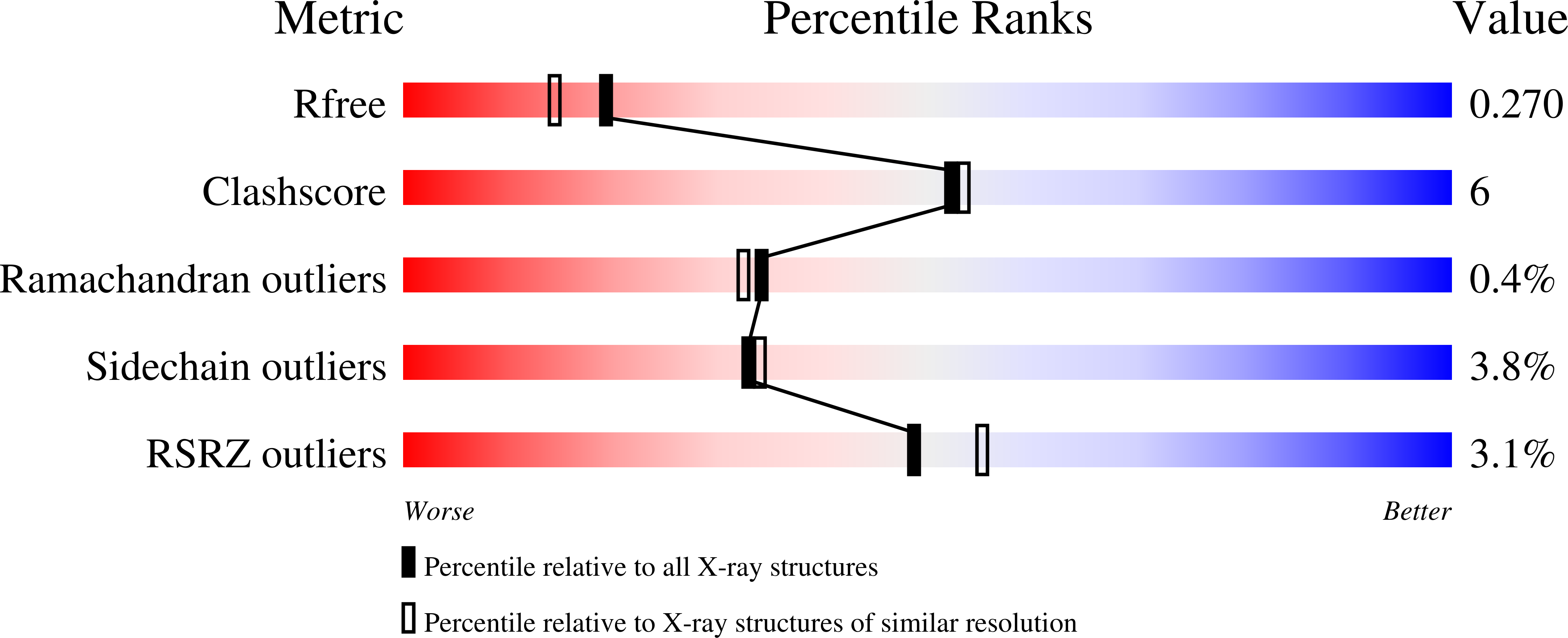
Deposition Date
1998-04-19
Release Date
1998-07-15
Last Version Date
2024-05-22
Entry Detail
PDB ID:
1BA2
Keywords:
Title:
D67R MUTANT OF D-RIBOSE-BINDING PROTEIN FROM ESCHERICHIA COLI
Biological Source:
Source Organism:
Escherichia coli K12 (Taxon ID: 83333)
Host Organism:
Method Details:
Experimental Method:
Resolution:
2.10 Å
R-Value Free:
0.27
R-Value Work:
0.19
Space Group:
P 21 21 21


